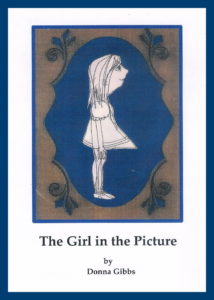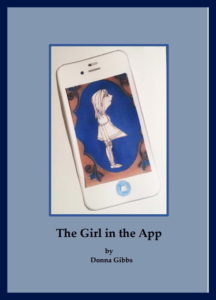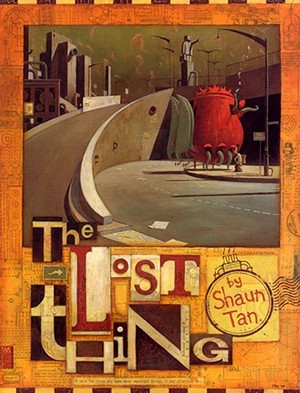
Do boys enjoy books with girls as the heroines?
An article in Daily Life, ‘How I’ve helped teach boys that girls are boring and unimportant’, by Kasey Edwards really made me think.
She quotes L.J. Lacey of the Melbourne children’s bookstore, Three Four Knock On The Door, saying that 90 per cent of the books she sells have a male protagonist, and customers almost never buy books for boys with a female main character. In contrast, she says, people buy books for girls with male protagonists all the time.
Edwards argues that when boys only read stories about boys or men, they’re given the implicit message that stories focusing on people who are different and whose experiences are different from their own are not worth bothering about.
She confesses that in the past when looking for a book for a boy she is as guilty as other adults of only buying books with male protagonists. It has never even occurred to her to buy a boy a book about a girl. She plans to change her habits because she believes it matters a lot in many important ways. You can read her article here.
I too must confess I tend to choose books for boys with male heroes. Two of my books have girls as main characters – The Girl in the Picture and The Girl in the App. I have never thought of giving these books to a boy to read or imagined them being bought for a boy.
 Recently I sent a few of my books including these to a friend for her children, a girl aged 10 and a boy aged 11. I imagined she’d give these two books to her daughter, but a message came back that she was reading them with her son. Some good parenting going on there!
Recently I sent a few of my books including these to a friend for her children, a girl aged 10 and a boy aged 11. I imagined she’d give these two books to her daughter, but a message came back that she was reading them with her son. Some good parenting going on there!
What are your book buying habits in relation to girls and boys? Any thoughts?
Footnote: I didn’t get any comments back about how you interpreted the cover of The Lost Thing so I’ve added a few things that I noticed.
 The printed title. Letters of uneven sizes and in a mixture of upper and lower case with the almost childish printing of the author’s name give the title a friendly, unconventional feeling. The word Lost stands out a bit because of its rich deep reddish colour. This suggests lostness is likely to be the focus of the story.
The printed title. Letters of uneven sizes and in a mixture of upper and lower case with the almost childish printing of the author’s name give the title a friendly, unconventional feeling. The word Lost stands out a bit because of its rich deep reddish colour. This suggests lostness is likely to be the focus of the story.
The main framed picture. This is a picture of a fairly ordered, yet empty type of city made of a lot of unappealing concrete. Is there an echo of the Jeffrey Smart picture of The Cahill Expressway in this?
There are hints in some of the buildings on the left that the city operates like clockwork. The statue could imply the city sees itself as rather important. There could be an echo of the Statue of Liberty in the outstretched arm? Is that undercut by the figure of the statue holding what looks like a briefcase and having a box like head?
The large red out of place object that has tentacles for legs is intriguing. It seems to be moving and alive or at least in working order. Are those surfboard like things wings for it to fly? Its incongruity with the rest of the scene makes you wonder about the part this thing will play in the story.
The only human figure is bent and odd looking – a bit like a distorted version of an office worker from one of John Brack’s famous cityscapes. Yet he hasn’t been quite swallowed up by conformity as Brack’s office workers have. This figure is still curious. He is drawn to look at and think about the strange misplaced thing he sees in front of him. A sign of hope perhaps?
The framing of the image and title. Marks around the main image are very ordered though faint. There are numbers, mechanical diagrams, rectangular blocks of colour, words and sentences of different lengths and in various fonts, all given varying degrees of importance. A message given some prominence (‘A tale for those who have more important things to pay attention to’) tells of an author whose humour is gentle and who is at home with irony. A large mark next to Shaun Tan’s name looks like a postmark. It makes me feel the book is on its way to me, a message from the author. I want to open the book to see how the story unfolds.

Recent Comments